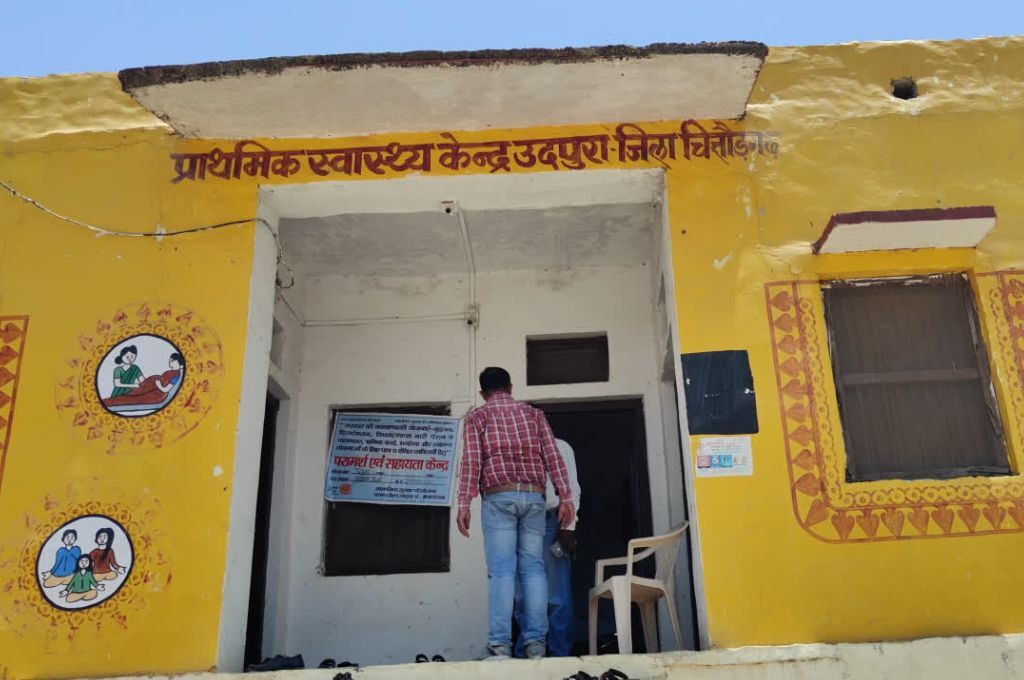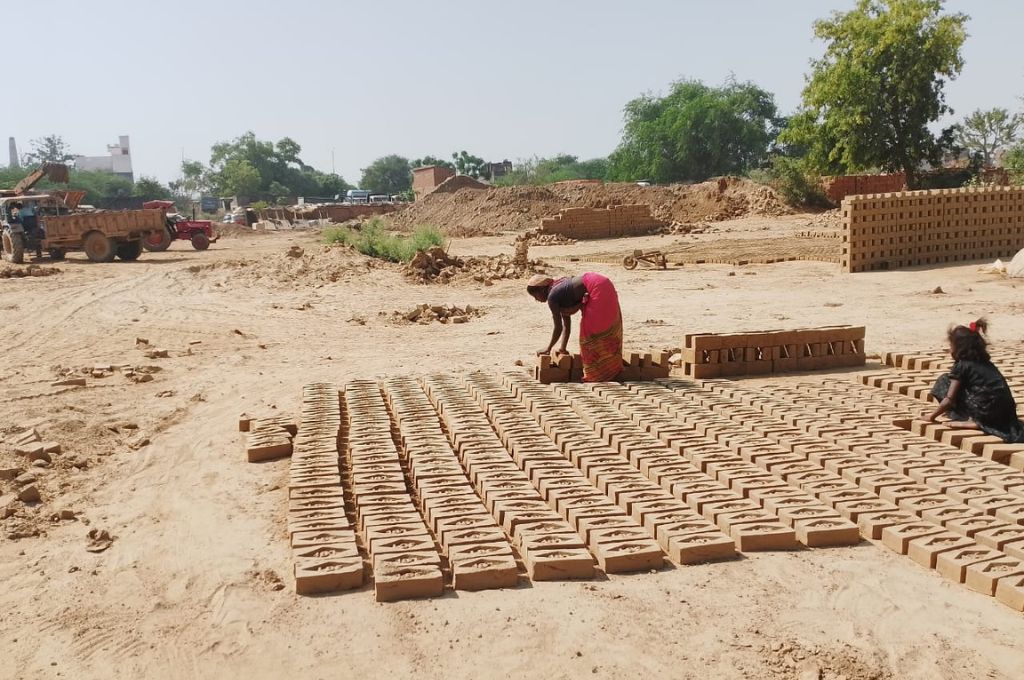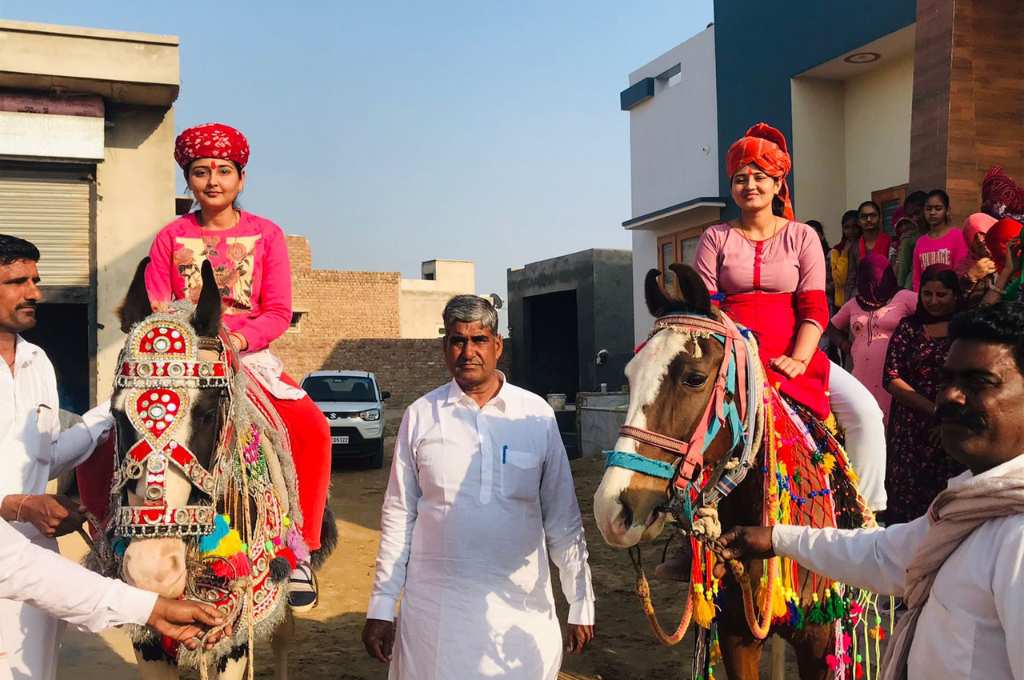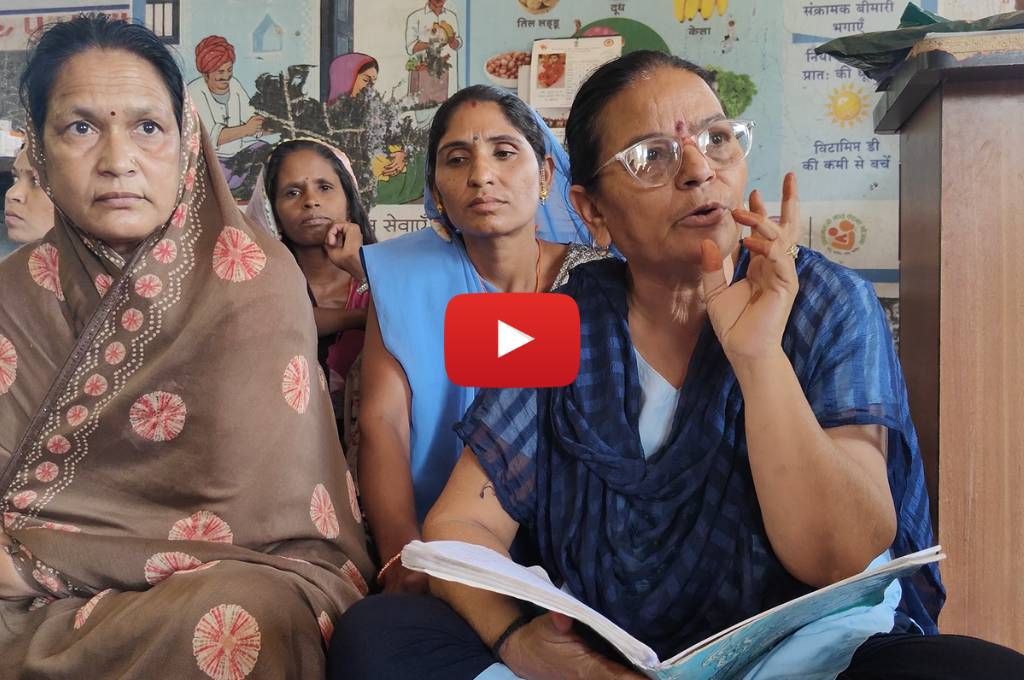READ THIS ARTICLE IN
Sleepless in the capital: Delhi’s homeless battle extreme heat
Babul,* aged 46, has been residing near the Yamuna Pushta (or embankment) for more than a decade. These floodplains have been his only home since he arrived in Delhi from Madhya Pradesh. Babul doesn’t earn enough from his job as a waiter at weddings and events to be able to afford housing in the city. Living on the street has exposed him to multiple vulnerabilities.
Babul says, “Due to the scorching sun throughout the day, the ground becomes extremely hot. It remains hot through the night as well, making it difficult to sleep. The intense daytime heat forces us (the homeless) to wake up early in the morning, and there is no respite even during the day.”
Babul highlights his growing reliance on drugs and intoxication to cope with the extreme heat. He says, “Alcohol helps me find some solace and endure the oppressive heat. Once I’m under its influence, I become unaware of my surroundings.”
Murli, who lives near the Chirag Delhi flyover, says, “Even using a tarpaulin sheet as a makeshift shelter is challenging as it breaks in the extreme heat.”
With Delhi consistently setting new records for high temperatures each summer, what Babul experiences is not unique to him. According to a recent study by Housing and Land Rights Network, the nonprofit I work with, approximately 99 percent of homeless individuals in Delhi experience sleeplessness due to extreme heat.
Shelter homes for the homeless provided by Delhi Urban Shelter Improvement Board (DUSIB) don’t help either. This is because they are constructed with materials like tin sheets that absorb a significant amount of heat during the day, which increases the room temperature. Furthermore, the absence or inefficiency of cooling mechanisms compounds the already challenging conditions. Moolchand, a 50-year-old resident of the Yamuna Bazar Hanuman Mandir shelter, says, “Fans inside the shelter blow warm air. We aren’t able to sleep all night due to high room temperature.”
Sleeplessness is just one of the many consequences that extreme heat inflicts upon homeless individuals. They have reported health issues such as difficulty in breathing, nausea, dizziness, dehydration, and loss of appetite.
Homeless individuals earn less than INR 8,000 per month on average, which restricts their access to fans and coolers. Their inability to afford proper shelter, food, water, and medications and lack of help from the government only make matters worse. As Sudha,* who resides on the streets of Nizamuddin, says, “We frequently fall ill because of the heat, but the high cost of the medicines makes it difficult to complete the medical course.”
“Light-headedness sets in, and thirst becomes unbearable. Sometimes nausea strikes, fever surges, body aches appear, and anxiety creeps in,” says Lalit, who lives near Chand Cinema in East Delhi.
*Names changed to maintain confidentiality.
Anuj Behal is an urban researcher and independent reporter.
—
Know more: Read this article to learn why migrants struggle for affordable housing in Mysuru.
Do more: Connect with the author at [email protected] to learn more about and support his work.



